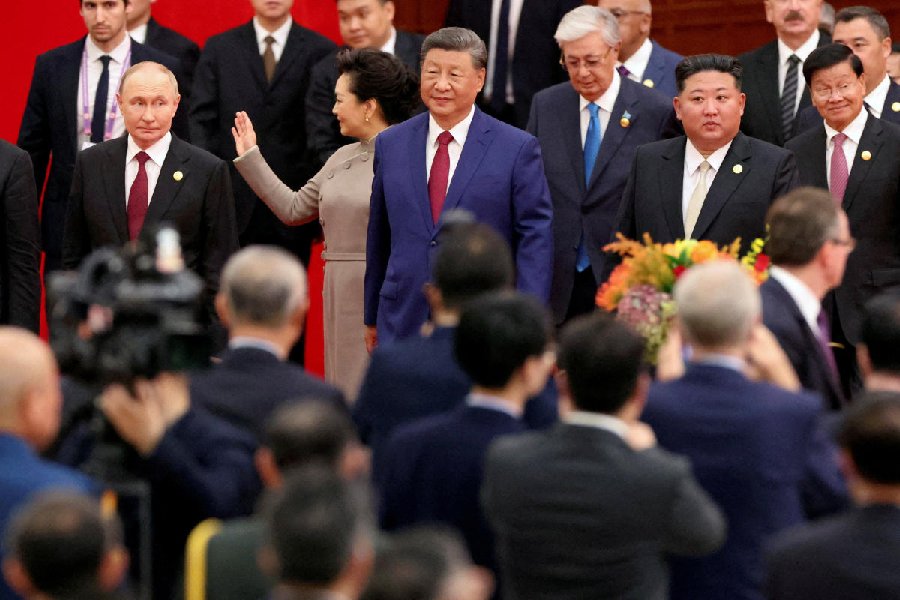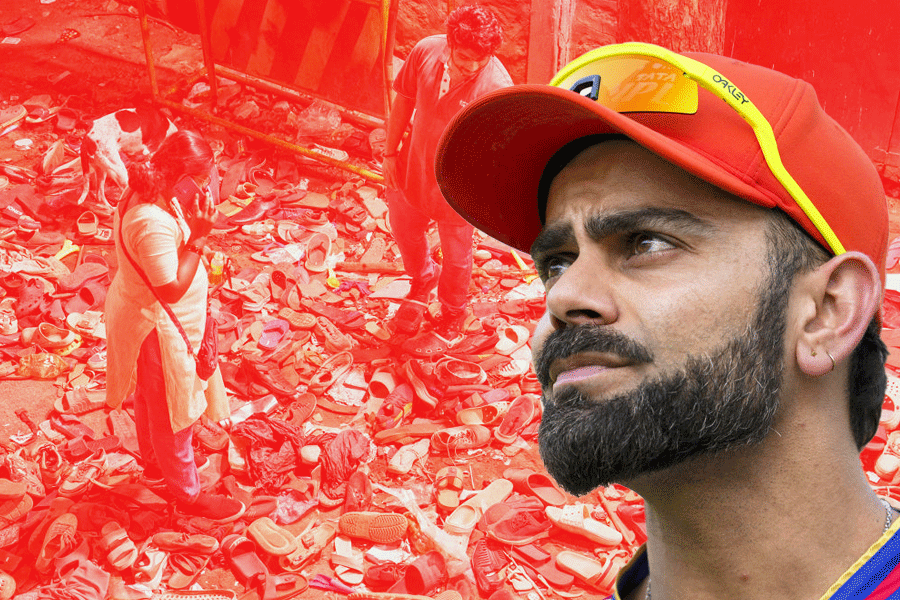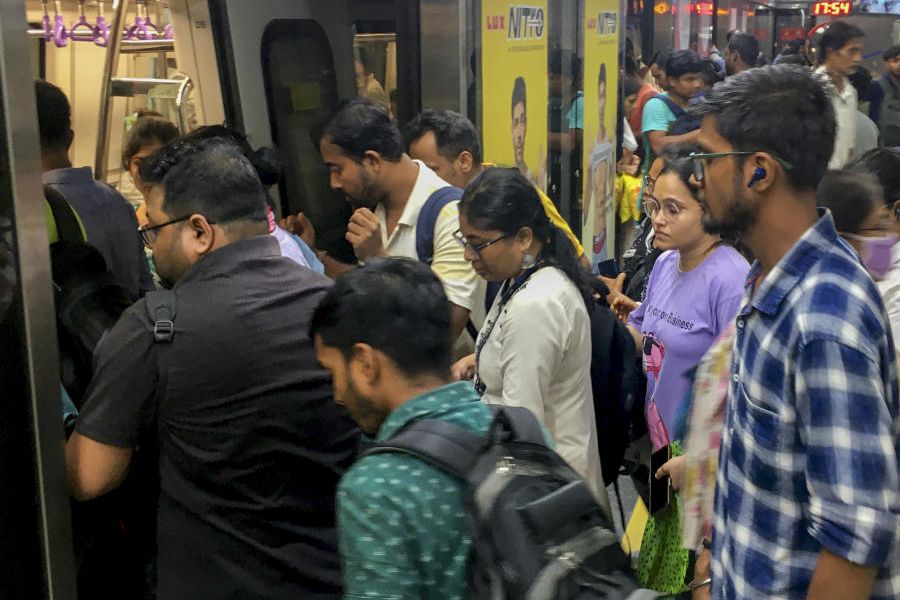 |
| Born from the heart: Sushmita Sen with her adopted daughter Renee, and (below) Vinita Bhargava’s book on adoption |
 |
It was a question Manu had long expected. But when it finally came, she was caught off guard. On her way to see a friend who had delivered a baby, her seven-year-old daughter Kavita suddenly asked her where babies came from. When Manu told her that babies came from their mother’s stomachs, pat came the critical question: “So mummy, did I come out of your stomach?”
“No,” was Manu’s reply, accompanied by plenty of “errs”, and “umms”. For Kavita is an adopted child and telling adopted children where they come from is a task many parents still flinch from. Manu, however, chose not to hide the truth. She knew it would only help in the long run.
Disclosure, many argue, is a better option than living on with a lie, and many who have tried it say children are much more receptive than parents think they would be. There is a way to go about it though. And there’s much more to it than one-time communication, says Vinita Bhargava, reader and current head of the department of child development, Lady Irwin College, Delhi. “A child’s cognitive abilities change with age,” she says. “As he or she grows older, the enquiries tend to become more complicated.”
From the more naive queries, such as Kavita’s, children could go on to ask their parents more specific questions like “Whose stomach did I come from?”, “Have you ever seen my real parents?” or the more touchy “Why did they leave me behind?” So, Bhargava holds, a disclosure ? best done during pre-school years ? needs to be followed up with detailed conversation as the child matures.
In her newly-released book, Adoption in India: Policies and Experiences, Bhargava deals at length with disclosure, or the process of familiarising adopted children with their source of origin. “A nice way to start is by making light of the whole concept of adoption, by telling adopted kids fairly early that children come from two sources, and that his or her coming from the less common source is only normal,” she says.
Bhargava’s theory seems to be put into practice in different ways by different parents. And more often than not, adopted children seem to like the fact that they are more special than other kids, since they were not ‘born’ and had two sets of parents. “My six-year-old daughter, upon being told that she wasn’t born to us like children otherwise were, considered herself to be the chosen one, like Harry Potter,” says a mother.
Even 15-year-old Jaya, who was told that she was adopted some years ago, sees herself as a normal child, with the exception that she was “taken by someone who wants you and loves you.”
Jayashree Guhathakurta, whose adopted daughter Triveni is now three-and-a-half years old, says she would read out bedtime stories to her daughter that were based on adoption. “She was very fond of the stories, and we slowly replaced them with her own tale, and about how we got her from the agency called Palna.”
But while such measures may help dispel early doubts in a young mind, further confusion tends to occur as a child grows up and begins to relate to the world in a different way, says Bhargava. And one of the most common feelings a child is likely to experience ? especially during adolescence ? is that of abandonment by his or her biological parents, says Bhargava. “A possible fallout could be that of a child using adoption as an excuse to hold parents to ransom,” she says. “As a result, children could say they are being denied a favour simply because they are adopted.”
In extreme cases, they could even turn violently against the adoptive family. As Reena (name changed) did, when she found out in her late teens that she was, in fact, adopted. She subsequently sought her biological parents and walked out on her foster family.
Most parents, however, seem to have worked out a way of tackling the problem, if it does arise. Guhathakurta, who also has a one-and-a-half-year-old biological son, says she makes it a point to treat both children equally. “Besides, we have always told her that her biological parents also loved her a lot, but they had to leave her behind ? against their wishes ? because they had some problem,” says Guhathakurta. “As children grow up, they tend to develop a narrative of their own. We hope our daughter will use what we have told her to explain the situation to herself without feeling abandoned in any way,” she says.
And having realised that, the best option for parents is perhaps to go with the flow. Like the mother whose six-year-old daughter recently asked her how all children around her could be born when she wasn’t. Aware that such questions would follow, the mother says her plan is to take one question at a time, while talking to her daughter about the adoptive process. “That will make her realise things gradually, instead of the truth hitting her all of a sudden. And I hope she will cope with reality with the passage of time,” she says.











